When working with memory constrained devices you may not able to keep all the training data in memory: passive-aggressive classifiers may help solve your memory problems.
CategoryArduino Machine learning
In the previous post we learnt it is possible to train a Machine learning classifier directly on a microcontroller. In this post we'll look into how to do it to classify colors.
In this hands-on guide about on-board SVM training we're going to see a classifier in action, training it on the Iris dataset and evaluating its performance.
As of now, we know it is possible to run Machine learning inference on tiny microcontrollers thanks to Tensorflow for Micro and my very own library MicroML. What if you could train a classifier directly on the microcontroller, too?
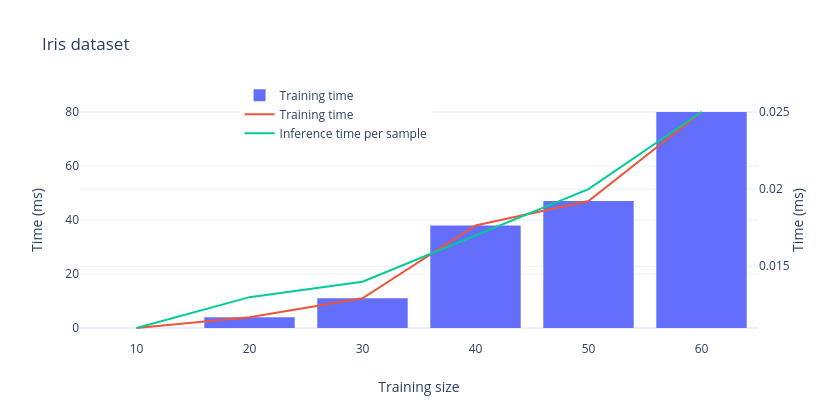
We continue exploring the endless possibilities on the MicroML (Machine Learning for Microcontrollers) framework on Arduino and ESP32 boards: in this post we're back to image classification. In particular, we'll distinguish handwritten digits using an ESP32 camera.
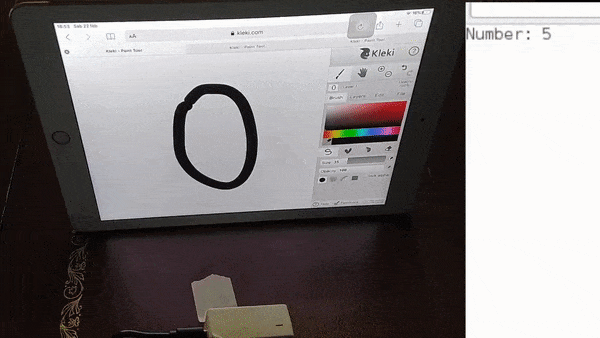
So far we've used SVM (Support Vector Machine) as our main classifier to port a Machine learning model to a microcontroller: but recently I found an interesting alternative which could be waaaay smaller, mantaining a similar accuracy.
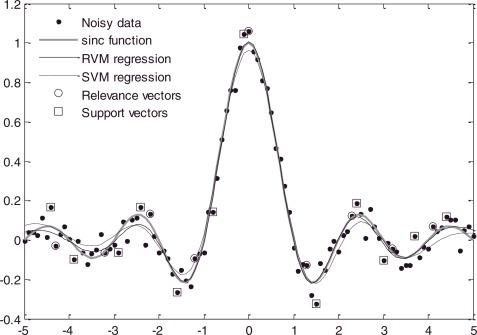
In this post I will show you how to easily deploy your Tensorflow Lite model to an ESP32 using the Arduino IDE without any compilation stuff.
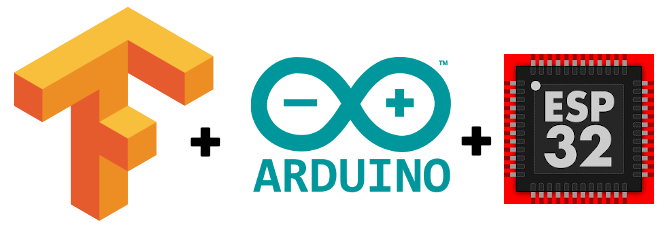
Do you have an ESP32 camera?
Want to do image recognition directly on your ESP32, without a PC?
In this post we'll look into a very basic image recognition task: distinguish apples from oranges with machine learning.
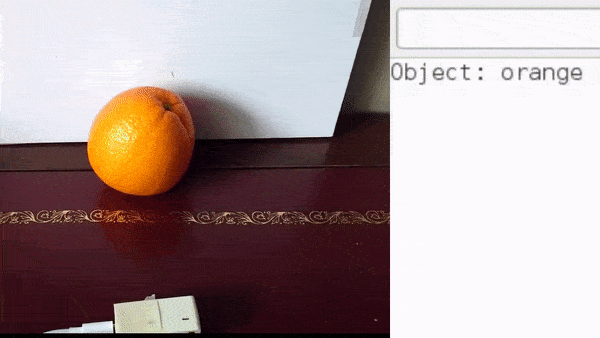
You won't believe it, but you can run Machine learning on embedded systems like an Attiny85 (and many others Attiny)!
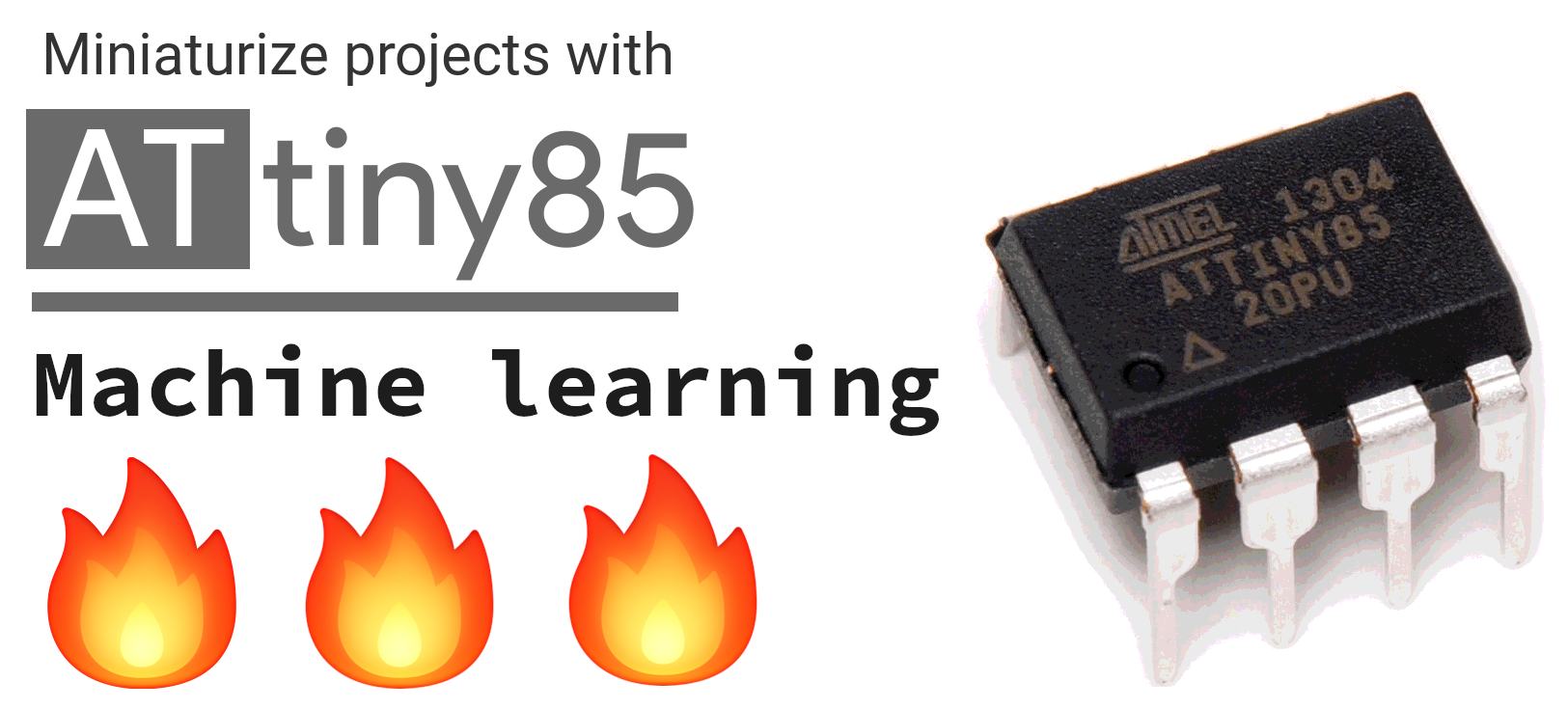
In this Arduno Machine learning tutorial we're going to use a microphone to identify the word you speak.
This is going to run on an Arduino Nano (old generation), equipped with 32 kb of flash and only 2 kb of RAM.

© 2020 Eloquent Arduino Blog
Theme by Anders Norén — Up ↑

